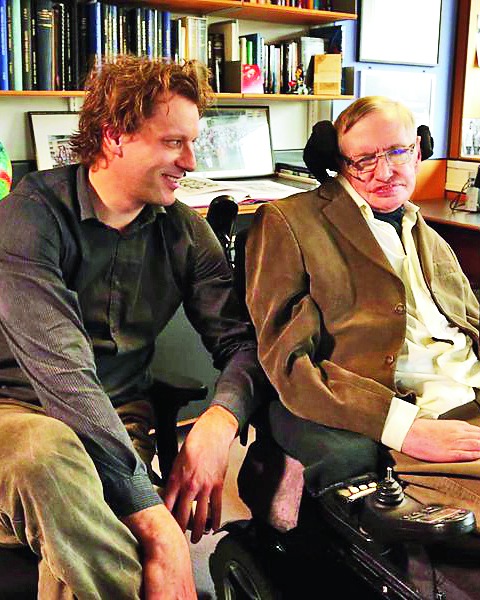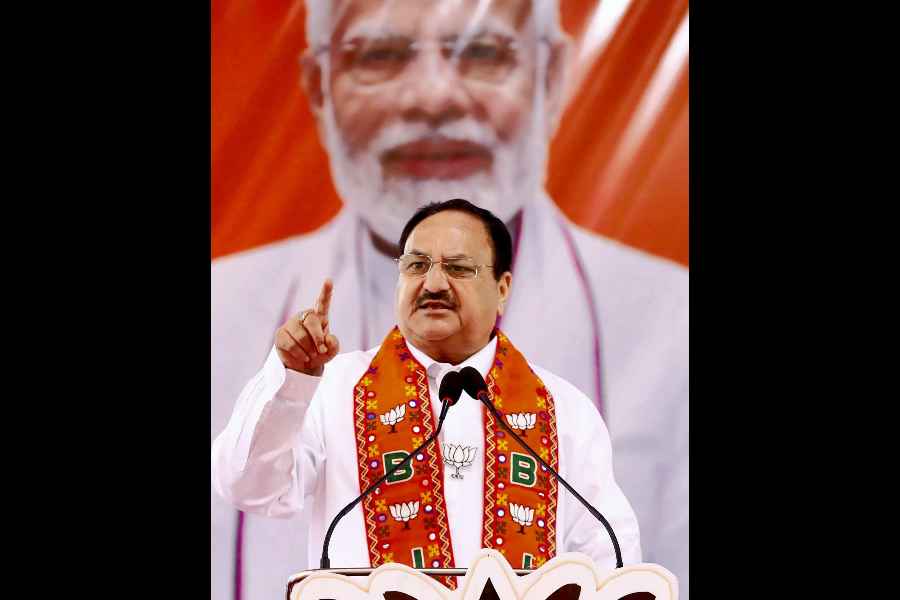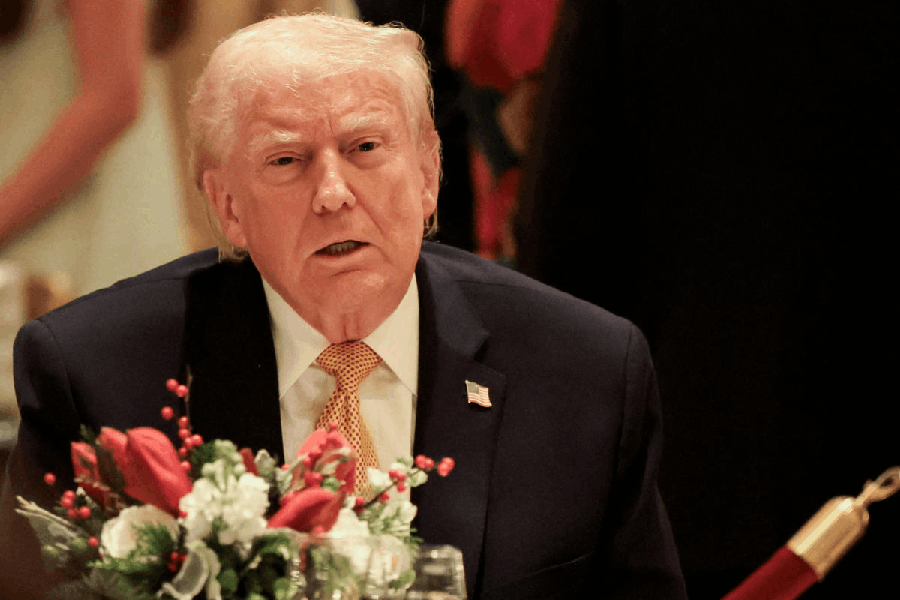
The final scientific paper by the late British physicist Stephen Hawking may be a gift, a challenge, or just speculative conjecture for fellow physicists trying to understand the birth and nature of the universe. About three years ago, Hawking began collaborating with Thomas Hertog, a former student and cosmologist in Belgium, to tackle what some physicists consider an uncomfortable and disturbing idea in cosmology. Their work has culminated in a 14-page scientific paper published on May 2, weeks after Hawking's death earlier this year.
In their paper, Hawking and Hertog have proposed an alternative to the standard cosmological theory called "eternal inflation" which predicts the existence of not just the known universe but a multiverse containing an infinite number of "pocket" universes. The concept of eternal inflation emerges from efforts dating back to the early 1980s to explain observed features of the present-day universe. Hawking and Hertog have argued in their paper that the concept of eternal inflation is incorrect and predicted a finite and simpler universe than the infinite and complex multiverse.
The Big Bang model - refined during the second half of the 20th century - described the birth of the universe about 13.8 billion years ago, but left unanswered several questions about observed features of the present-day universe. In the early 1980s, cosmologists Andrei Linde and Alan Guth among others developed the theory of cosmic inflation that has since been refined. The current version of the theory proposes that the universe came into existence through inflation, or an exponential expansion, during which its size ballooned in unimaginably tiny fractions of seconds. The theory predicts that once inflation starts, there are parts of the universe where it does not stop - somewhere inflation continues forever, creating new pocket universes in the multiverse.
"The key problem with this mosaic of pocket universes, each different from the other, is that in such a multiverse, everything is possible, somewhere," Hertog, a senior physicist at KU Leuven in Belgium, told KnowHow. "Hence the theory does not predict what kind of universe we should find ourselves in and what makes the universe as we know it special."
Physicists view eternal inflation as an undesirable consequence of efforts to resolve some deep mysteries of the universe. "The astrophysical objects we see - planets, stars, galaxies - could not have formed if inflation which began in the early universe had not stopped," said Golam Hossain, associate professor at the Indian Institute of Science Education and Research, Calcutta. "So eternal inflation is in contradiction with even our naked-eye observations."

Hertog and Hawking began working on the multiverse problem about three years ago when Hawking visited Belgium. Over the next two years, during which Hertog visited Cambridge, they borrowed ideas from a branch of theoretical physics called string theory - an effort to reconcile Albert Einstein's theory of gravity with quantum mechanics, or the laws that govern the subatomic world - to develop their idea, an alternative to the multiverse. Hertog presented their work at the University of Cambridge in July 2017 at a conference to celebrate Hawking's 75th birthday.
Many scientists don't like eternal inflation. Hawking had said in an interview last year: "The local laws of physics and chemistry can differ from one pocket universe to another, which together would form a multiverse. But I have never been a fan of the multiverse."
The Hawking-Hertog paper, published in the Journal of High Energy Physics, has described eternal inflation as leading to a finite and far simpler universe than the mosaic of infinite and unpredictable pocket universes populating the multiverse.
"Their work indicates that eternal inflation may be simpler than thought earlier - but more work is required to firmly establish this," Kostas Skenderis, director of the Southampton Theory Astrophysics Gravity Research Centre at the University of Southampton, UK, told Knowhow.
Hawking and Hertog relied on a string theory concept called holography which seeks to explain the laws of physics by manipulating dimensions. "The application of holographic methods to the very early universe is an on-going project pursued by several groups and the work by Hawking and Hertog is a contribution in that direction," said Skenderis, who has himself contributed to the theory of cosmic holography.
But some physicists point out that the Hawking-Hertog model of eternal inflation hinges on an earlier idea called the no-boundary proposal, which, they say, is speculative. Sabine Hossenfelder, a theoretical physicist at the Frankfurt Institute for Advanced Studies in Germany wrote in her weblog, Back Reaction, that physicists have proposed many ideas for "what might have happened in the early universe ... all of this is pure speculation, none of it supported by evidence." The no-boundary proposal is "one of these speculations".
The no-boundary proposal seeks to eliminate an issue related to the Big Bang. "If you trace back the expansion of the universe into the past, it seems like the universe started from a single point of infinitely high density, the Big Bang," Hossenfelder told Knowhow. "In the no-boundary proposal, you cut off the Big Bang and replace it with a phase in which there is no time - this serves to remove the infinity," she said.
IISER's Hossain concedes that the no-boundary proposal is also problematic with other established aspects of physics. "But the idea of having eternal inflation is also nasty," he said. "It's like choosing between two evils, but a lesser one."
Hertog agrees that the proposal that Hawking and he have made for a new cosmological paradigm is still a conjecture and further work will be required to refine the idea. "Our goal is to develop theories of the universe that are both mathematically consistent and observationally testable," he said.
Hertog now plans to study the implications of their theory on observations possible through space telescopes. Their theory predicts the birth of the universe through a short burst of inflation. "We predict the Big Bang went together with gravitational waves," Hertog said. The expansion of the universe since its birth would mean these primordial gravitational waves would have long wavelengths, beyond the detection range of existing Earth-based gravitational wave detectors. While existing instruments cannot detect these waves, he said, "they can perhaps be detected through future space-based gravitational wave observatories."











